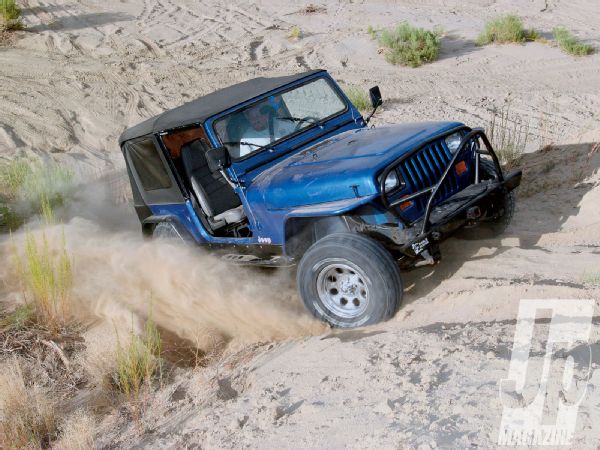
 Pete Trasborg
Brand Manager, Jp
Pete Trasborg
Brand Manager, Jp
We've said it for years: If you want your four-cylinder-powered Jeep to have power, sell it and get a six-cylinder-powered Jeep or swap in a V-8. The other thing we've been harping on for years is that some company needs to step up and bring to market an affordable bolt-on turbocharger kit. The Jeep 2.5L four-cylinder isn't a bad engine, it's actually downright bulletproof by today's engine standards; it just needs a shot of power that most bolt-on modifications can't provide.

Enter 505 Performance. The company started selling high-performance Jeep engines in 2001 and has been building high-performance engines with and without turbos and superchargers for longer than that. So when the company introduced a turbo system for a Jeep 4.0L four years ago it ended up on our radar and we figured it was only a matter of time until the trickle-down theory kicked in and a four-cylinder kit emerged.
While we didn't put an intercooler on ours (they are available) or trick it out with powdercoated parts (also available), we did pick the mind behind the turbo kit for information about how these systems work and came away with a much better understanding of the parts needed and why they are needed. Oh, and a Jeep that picks up its skirt and goes when you punch it.
After all was said and done, we ended up with a four-cylinder that pulls like a six-cylinder. In all our years and miles of driving Jeeps we've never been happier to be behind the wheel with a bunch of squirrels under the hood.
PhotosView Slideshow










